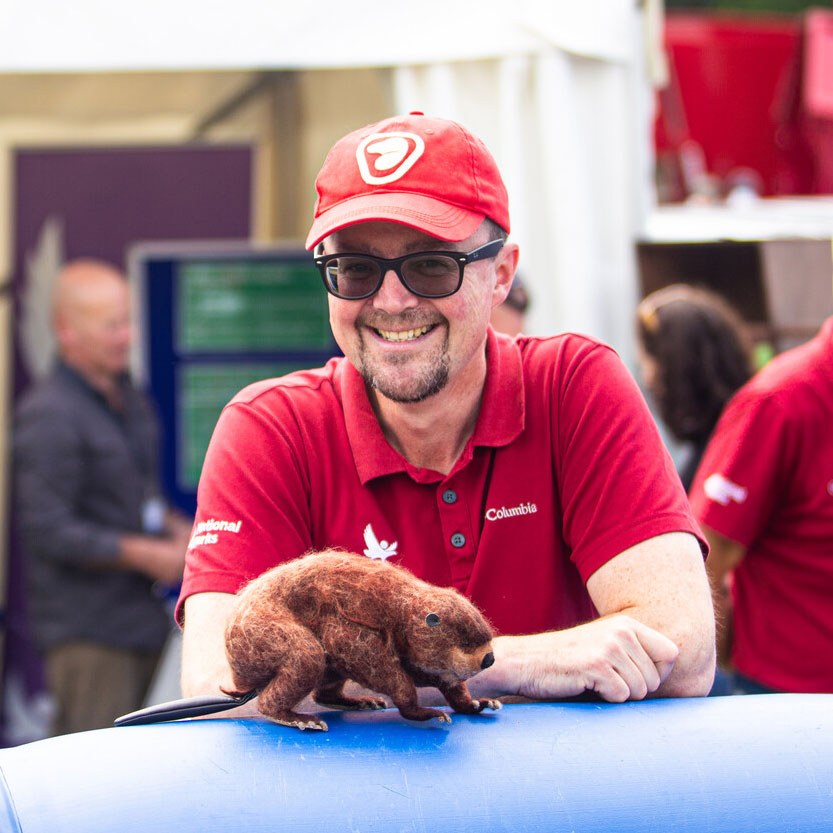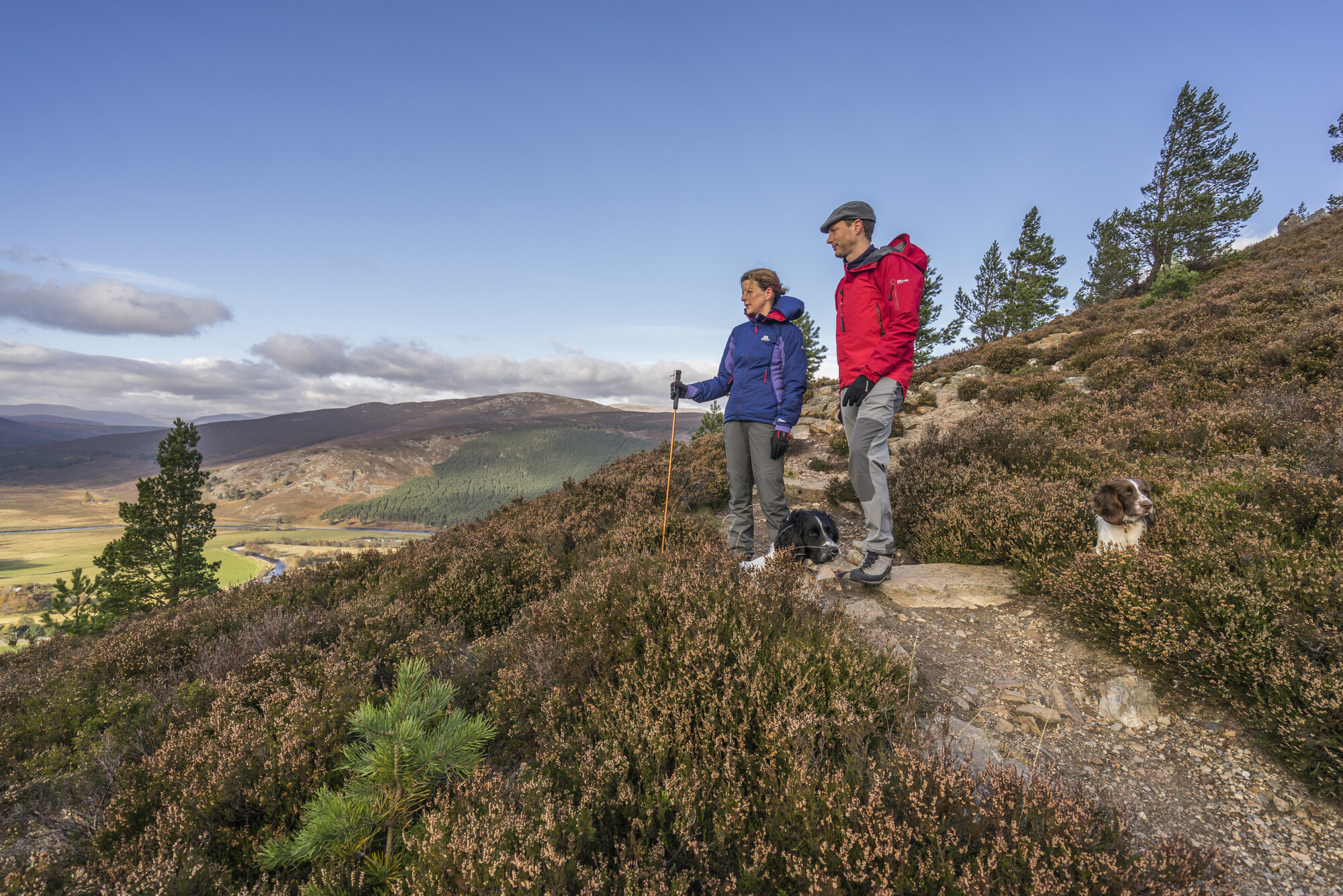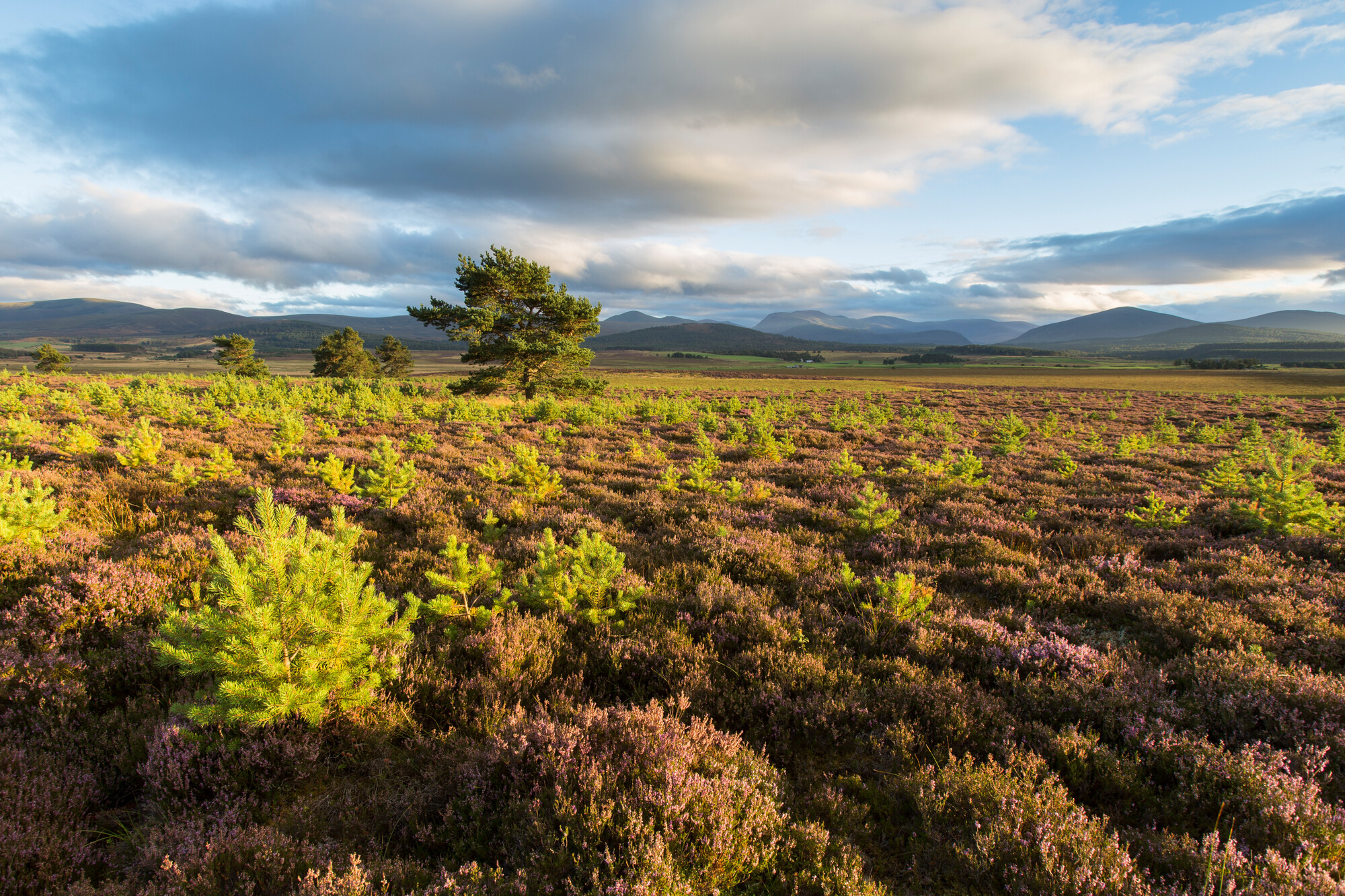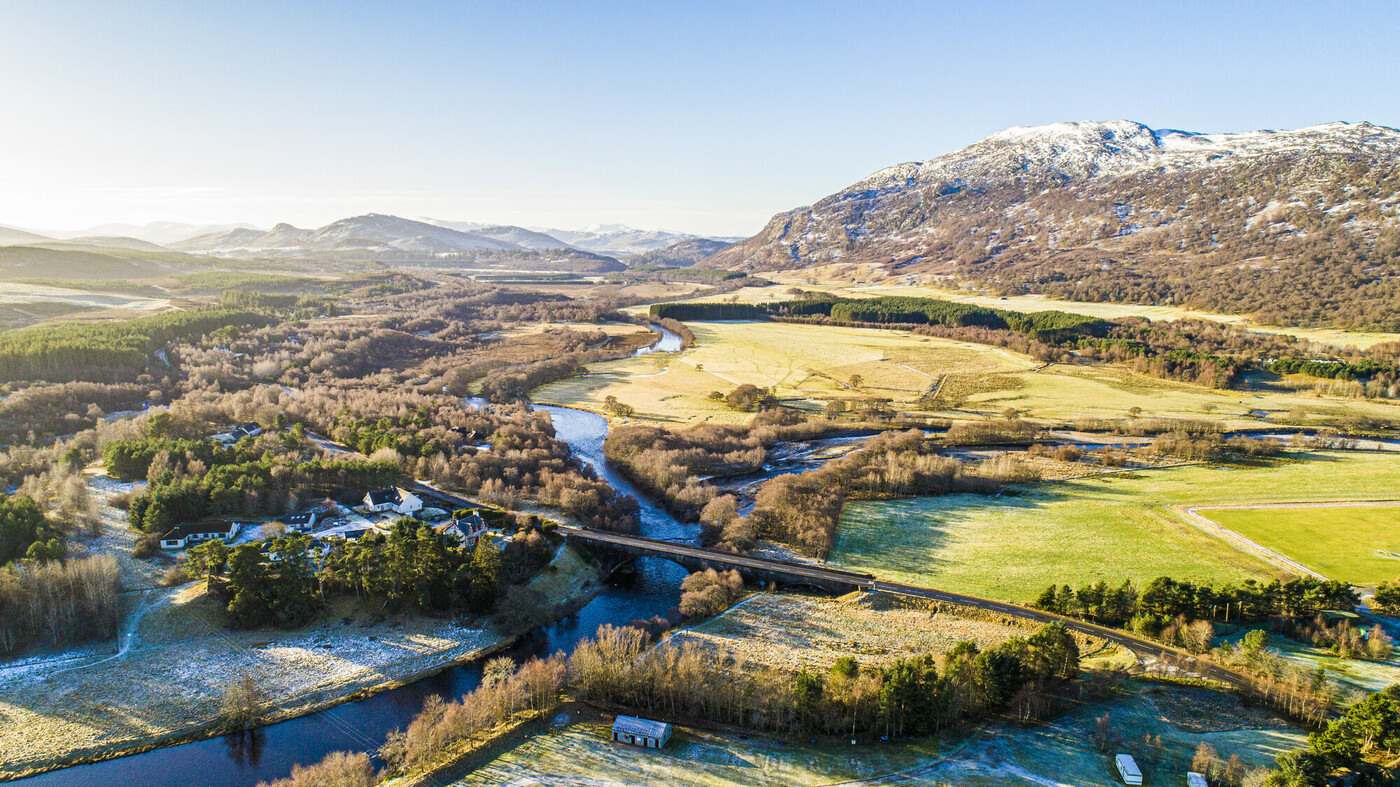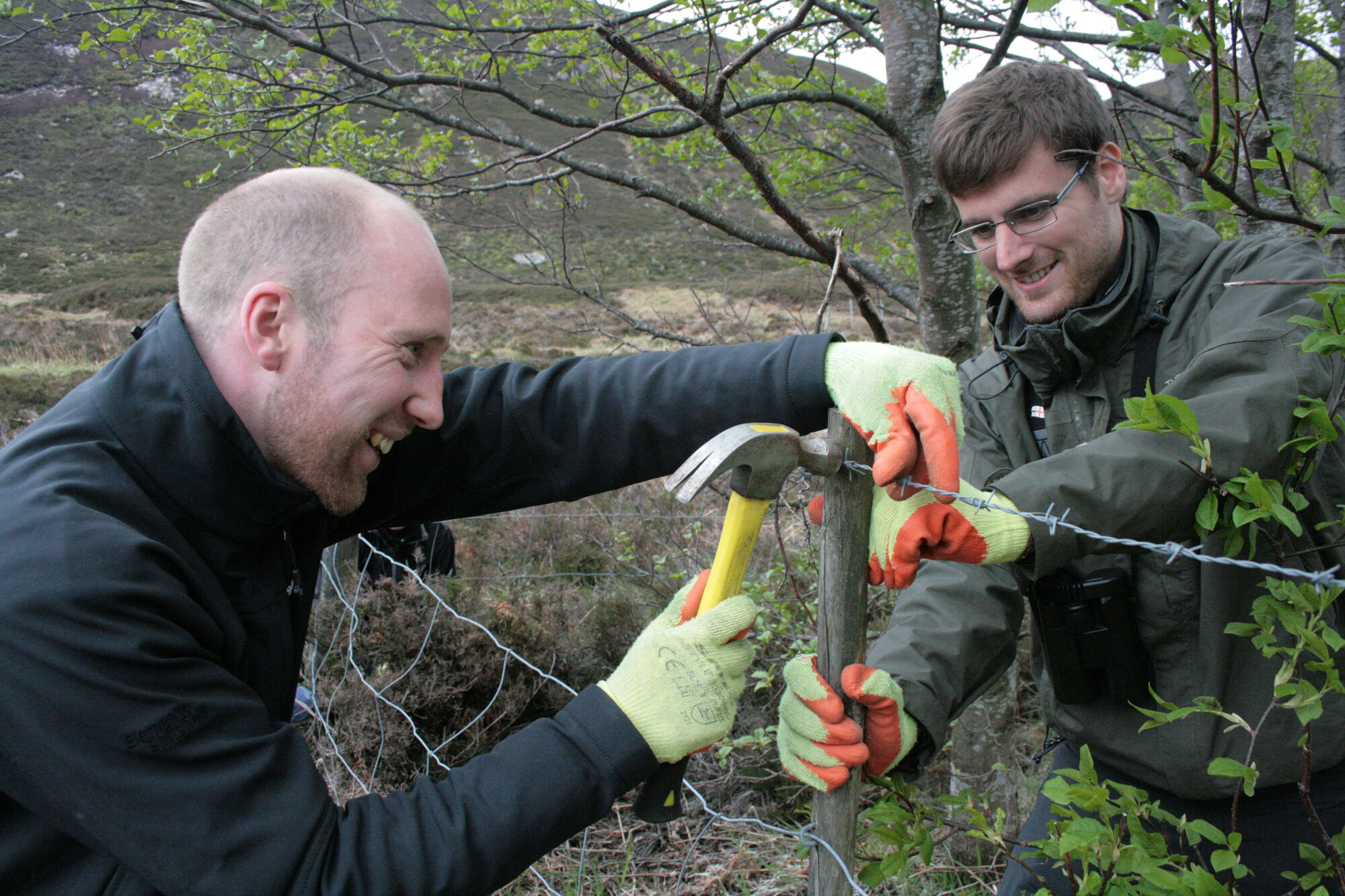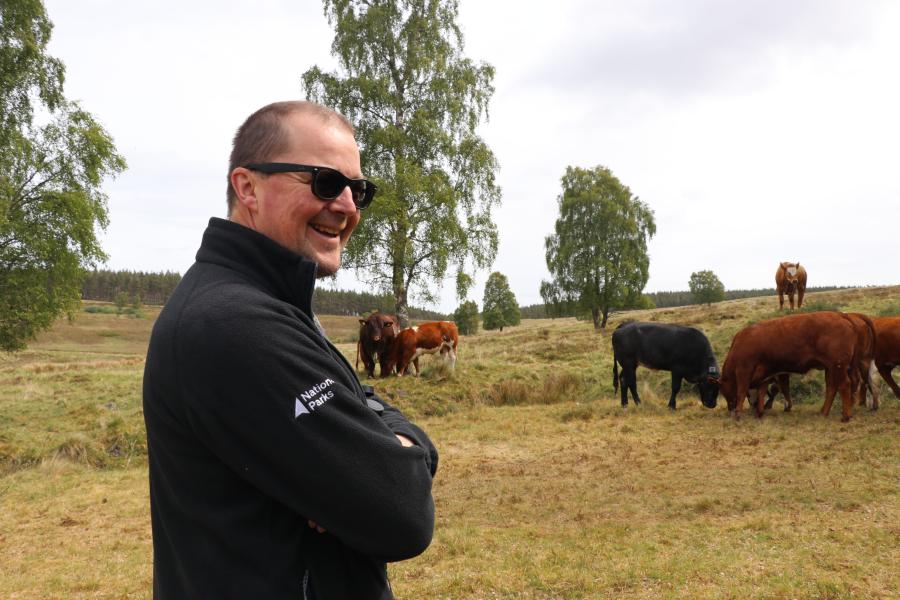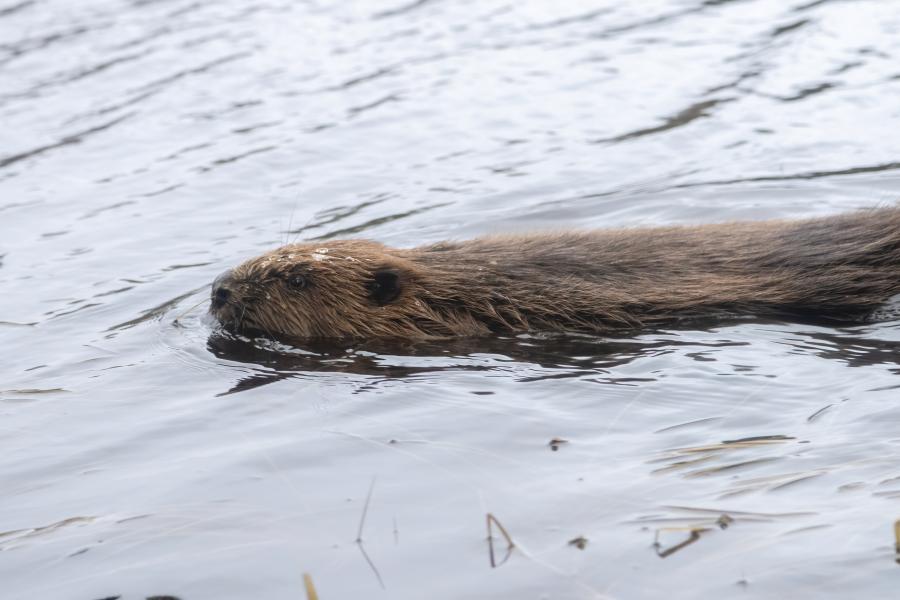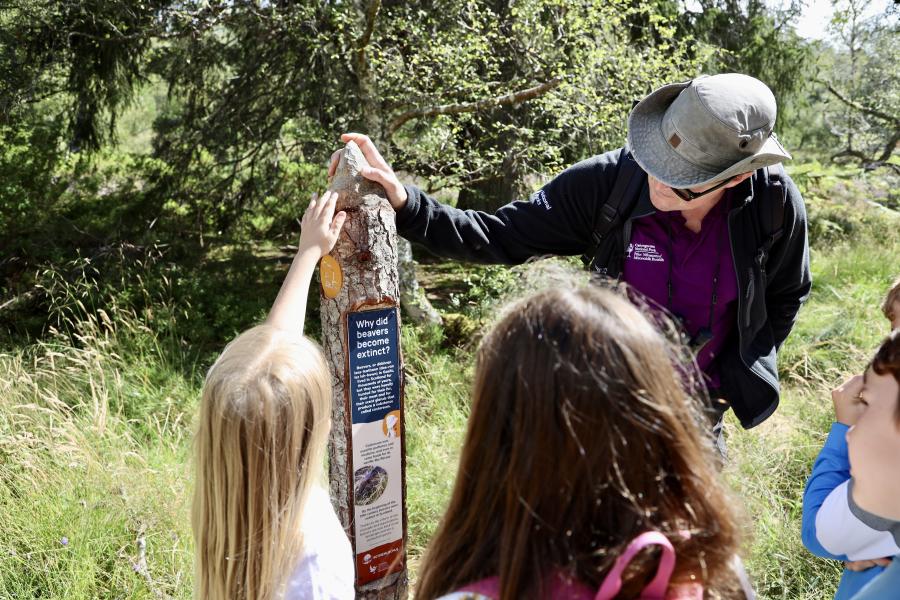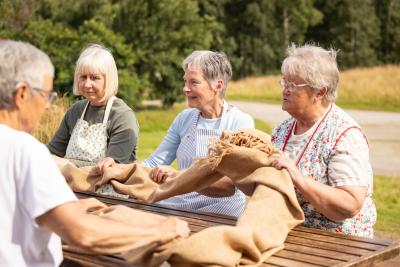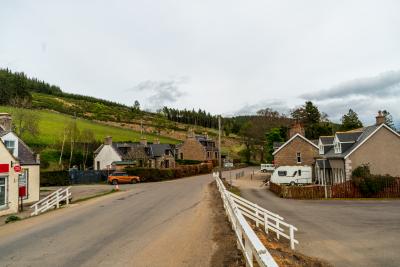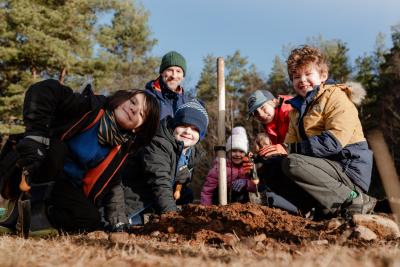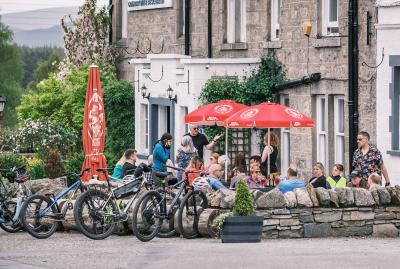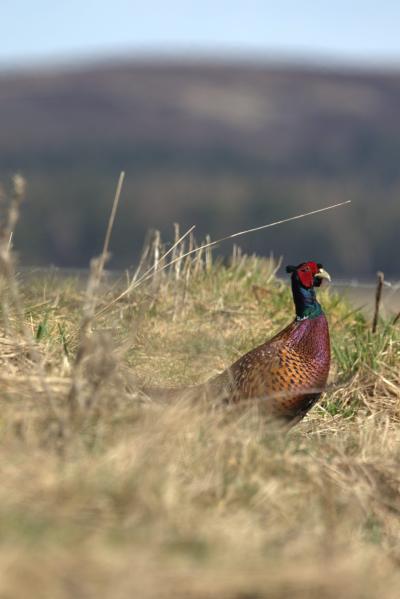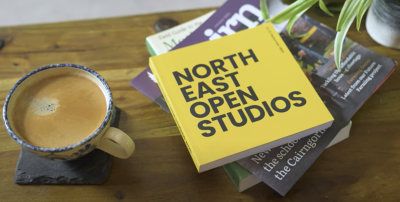In conversation with: Jonathan Willet
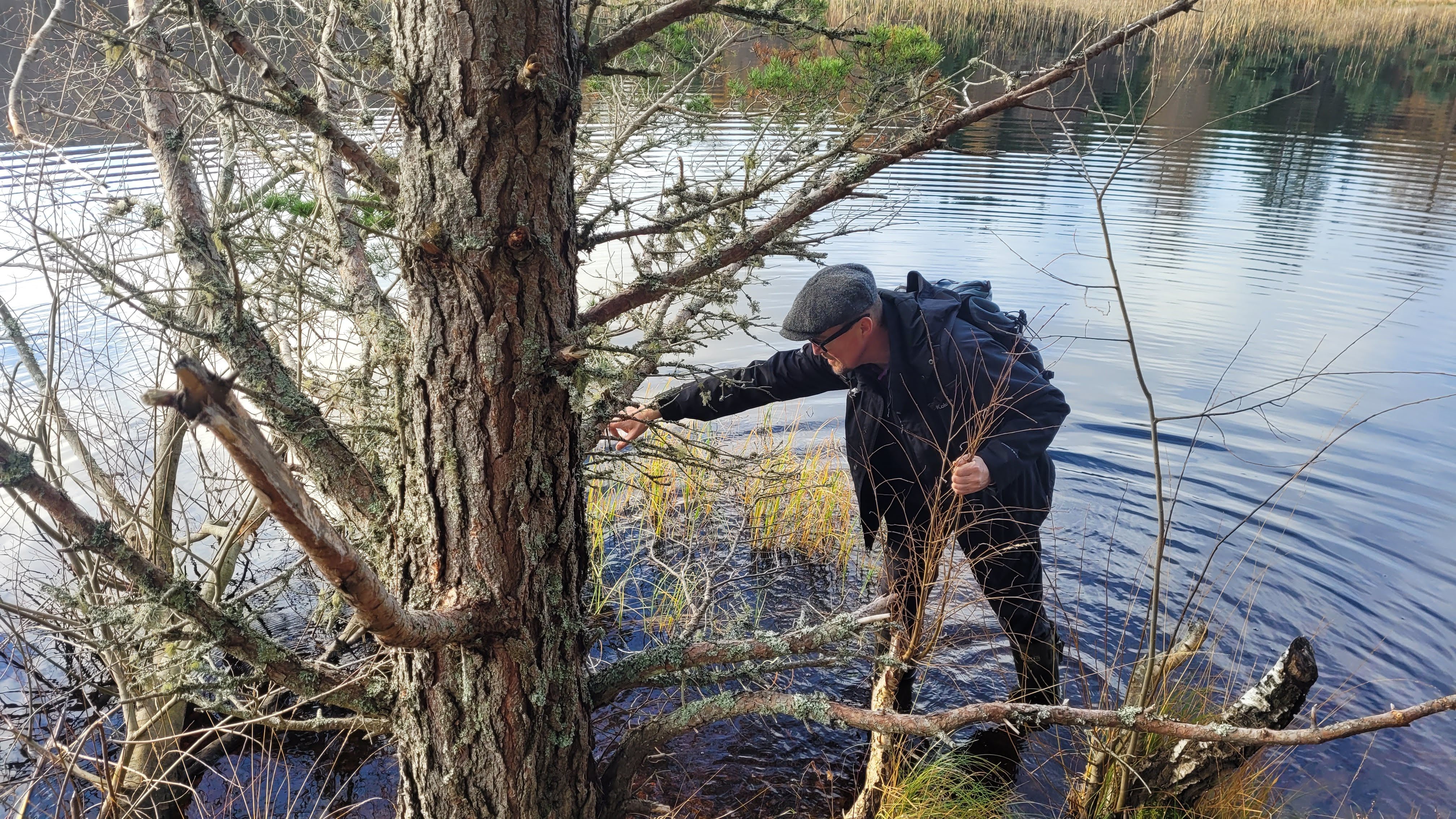
What’s your role at the Park Authority?
I am the Beaver Project Manager, in charge of delivering the reintroduction of beavers to the Cairngorms National Park. This encompasses landowner engagement, public meetings, giving talks, planning the releases, beaver monitoring (in-person, on land and canoe, and remotely with cameras) and liaising with universities to maximise the research undertaken on our release sites. The role also includes regular reporting on the status and distribution of beavers in the Cairngorms National Park, handing out beaver sticks, collecting carrots for feeding the beavers post release, and answering all manner of beaver-related questions!
How did you end up with this job?
I applied and I wore my lucky beaver baseball cap to the interview! However, nearly three decades of experience of environmental education, local biodiversity action planning, biological recording, conservation volunteering and wildlife guiding may have also helped. It was a long and winding route; I never thought I would end up with my dream job particularly post-Covid when my employment prospects were looking bleak, but here I am.
What makes you passionate about beavers and why should folk care?
We all live on one planet, and we are in the midst of a climate and nature crisis - there is no hiding place. We could all be doing more to improve the situation, but beavers already are! They are a high-profile species with an incredible ability to rework and restore the landscape, demonstrating what nature can do if given some time and space. Their natural behaviour is helping to reduce the impacts of climate change. From coppicing and damming smaller water courses, to creating narrow canals and rich wetlands, beavers are creating the ideal habitat for wildlife to thrive. This also benefits us - the wetlands they create act like a sponge to hold back water, reduce downstream flooding and store carbon.
Beavers are cute and they have “hands” which make them easy to relate to, they create strong social bonds and they build things. They also have a sense of humour (although there is some scientific debate about this). Hopefully as people learn more about beavers they will be encouraged to welcome their return – and support other large-scale conservation projects which will bring multiple benefits for nature and people.
What does a typical day look like in the role?
There is no typical day, some days are all in the office, but these are very few. Pete Short, the Beaver Project Officer, and I are nearly always out in the field. A couple of weeks ago we undertook a six-day canoe survey of the Spey and some lochs as part of our monitoring programme, but on another day I could be indoors attending a meeting of the Beaver Monitoring and Mitigation Group, a liaison between farmers and crofters and the Park Authority.
I might be out collecting eDNA with partners such as University of Highlands and Islands as part of our ongoing research or delivering talks and walks. We have the International Beaver Symposium coming up in Inverness where I am giving a talk and then leading the field visits to beaver sites.
In addition to this we have sites we visit monthly to monitor and check trail camera footage before reporting back to the landowners group. There are also things that come up you never expected would be part of the job, such being the star of the Pearl and Dean “advert” about bringing beavers back to the National Park.
What advice would you give a young person considering a career in conservation?
It can be tough because there is lots of competition, even for volunteering posts, and it can take a long time to get enough experience to get a paid job. You have to really want it. My advice would be to volunteer locally whenever you can, get out doing biological recording, join your local naturalist group, wildlife trust or record centre and build up your skills. Make contacts - preferably face to face if the opportunity arises - take a chance on a job that maybe wasn’t in your plan, take all the training opportunities you can. Finally, stay positive. It will take time and effort, but the rewards are immense.
Something about you that others might not know
I do like a good ice cream. Whenever I go to a new ice cream shop, I order the vanilla and make a judgement on the overall quality of their products based on that.
